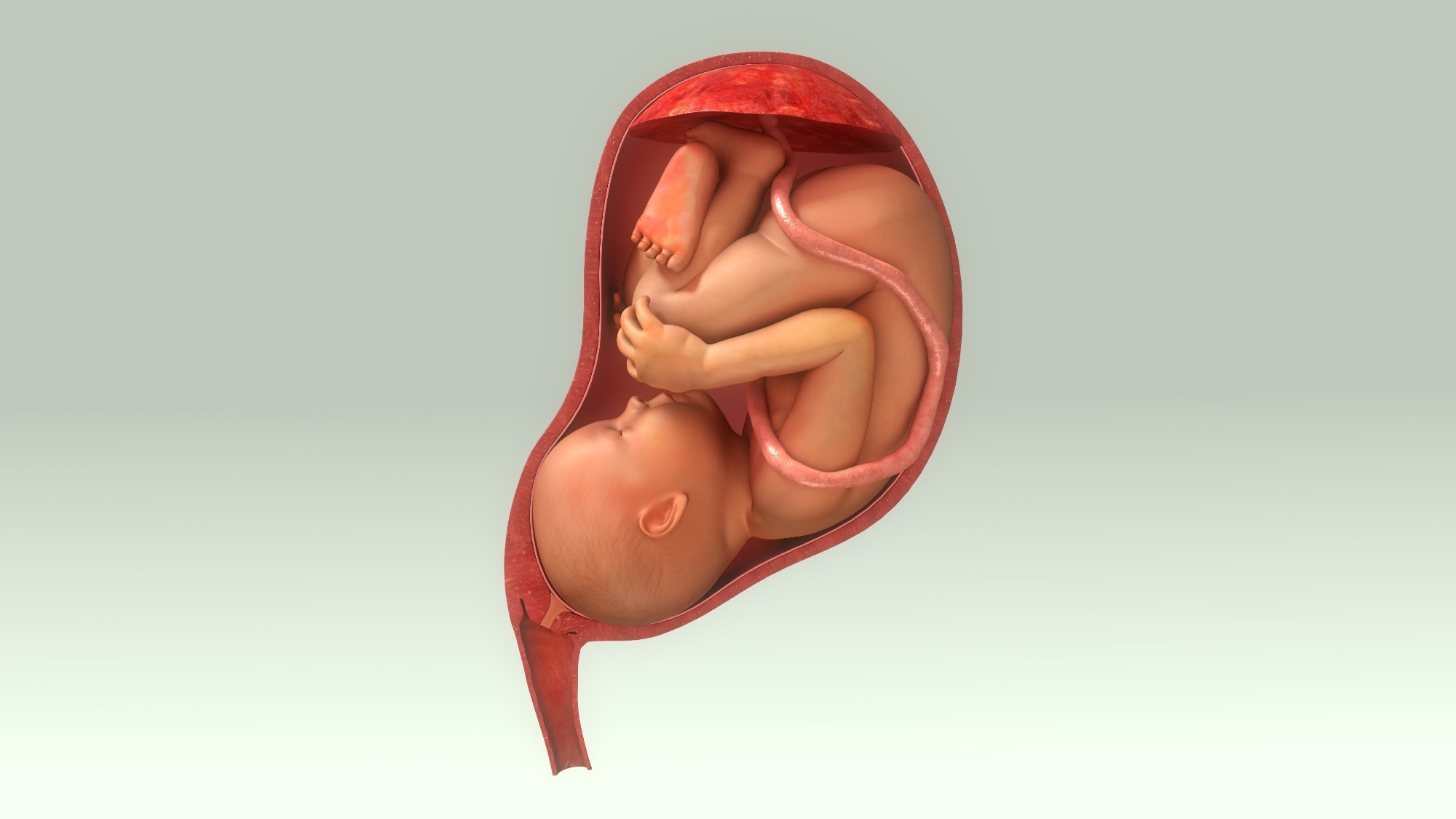In a recent study published in the journal Scientific Reports, researchers investigate the impact of the coronavirus disease 2019 (COVID-19) pandemic on placental development.
Study: Influence of maternal psychological distress during COVID-19 pandemic on placental morphometry and texture. Image Credit: sciencepics / Shutterstock.com
How does stress affect the placenta?
In addition to concerns related to contracting COVID-19, pregnant individuals are exposed to several stressors related to the pandemic, such as financial insecurity, generalized anxiety, social distancing, and fear of death. Importantly, the impact of these stressors on intrauterine development is not known.
Epidemiologic evidence suggests an association between pre-pandemic maternal stress and poor pregnancy or neonatal outcomes. Such hardships can cause preterm delivery, low birth weight, perinatal depression or anxiety, and behavioral or cognitive problems later in life.
Placental dysfunction due to maternal stress has been proposed as an underlying mechanism for these outcomes. Magnetic resonance imaging (MRI) examination of the placenta can identify differences in its structure/micro-structure.
About the study
In the present study, researchers assess how the COVID-19 pandemic impacted the structural and textural development of the placenta using MRI analyses.
Females over 17 years of age with singleton pregnancies were recruited to participate in the study between June 2020 and April 2021. Subjects were excluded if they could not enter the MRI scanner for physical/physiological reasons or if the pregnancy was complicated by chromosomal conditions, hypertensive disorders, or diabetes.
In addition, a pre-pandemic cohort of pregnant individuals was recruited from March 2014 to February 2020. Demographic and clinical data were collected from medical records.
Participants completed four questionnaires including Spielberger state (SSAI) or trait (STAI) anxiety inventory, Edinburgh postnatal depression scale (EDPS), and perceived stress scale (PSS). T2-weighted images were acquired without contrast or sedation.
Placental segmentations were performed and reviewed. Volume, elongation, and thickness of the placenta were characterized.
Three sets of textural features were used to describe the gray level (GL) appearance of the placenta. The first set included mean, kurtosis, variance, and skewness of placental GL distribution. The second set comprised contrast, energy, inverse difference moment, entropy, and cluster shade or prominence measures.
The third set comprised measures on short/long run emphasis, run length non-uniformity, GL non-uniformity, low/high GL run emphasis, short run low/high GL emphasis, and long run low/high GL emphasis.
Generalized estimating equations were used to examine associations between the cohorts. Three-step mediation analyses were performed to determine whether prenatal maternal distress mediated pandemic status and placental features.
Study findings
A total of 228 pregnant individuals were included in the study, 165 and 63 of whom were from pre-pandemic and pandemic cohorts, respectively, and provided 267 and 89 MRI scans, respectively. Of these, 102 pre-pandemic and 26 pandemic cohort individuals were scanned twice, while the remaining were scanned once. The median gestational age at MRI scanning was 29.3 and 30.1 weeks for pre-pandemic and pandemic cohorts, respectively.
Maternal distress measures, as reflected by EPDS and PSS responses, were higher in the pandemic cohort. The pandemic cohort also exhibited increased placental volume and thickness but reduced elongation, adjusted for gestational age at MRI. Placental volume/thickness was unchanged when further adjusted for maternal distress. The pandemic cohort also exhibited lower mean GL but high kurtosis GL and skewness GL.
Low/high GL run emphasis, short run low/high GL emphasis, and long run high GL emphasis were reduced in the pandemic cohort, whereas run length non-uniformity was elevated. Placental elongation, volume, and run length non-uniformity was positively associated with birth weight for both cohorts. Mean GL was negatively associated with birth weight in the pandemic cohort, whereas kurtosis GL was positively associated.
Further analyses indicated that EPDS and PSS mediated the association between the pandemic status and placental features. In sensitivity analyses performed with additional covariates, maternal weight at the time of MRI was significantly associated with several textural features, such as mean, variance, or kurtosis GL and cluster shade or performance.
Conclusions
Significant changes were observed in the placental morphometric and textural features between cohorts and were partly mediated by higher depression and maternal distress in the pandemic cohort.
The placentas studied in the pandemic cohort exhibited increased volume and thickness, with asymmetry of image signal intensity, larger inhomogeneous areas, and higher non-uniformity placental images. No temporal differences were observed in the development of the placenta in the pandemic cohort.
Notably, the clinical implications of these altered placental features on child neurodevelopment are unclear; however, studies are currently being conducted to better understand the potential impact of these differences.
Journal reference:
- Saeed, H., Lu, Y. C., Andescavage, N., et al. (2023). Influence of maternal psychological distress during COVID-19 pandemic on placental morphometry and texture. Scientific Report. doi:10.1038/s41598-023-33343-4
